Of the hundreds of papers Professor Keyoumars Ashkan has published over a distinguished 30-year career, there is one title that sums up his passion for neuroscience and neurosurgery and the transformative impact they can have on patients’ lives.
“It was called ‘Nothing Is Impossible", he explains, with a smile.
Listening to him speak with such infectious, lifelong passion about the field he has come to master, it is difficult to doubt his dedication to that deeply personal mission statement. As Professor Ashkan discusses the cutting-edge neurosurgical methods and treatments spearheaded in his private practice at The Harley Street Clinic, part of HCA Healthcare UK, it seems like anything is possible.
Professor Ashkan, a Doctor of Science (DSc) who also holds two professorships, is committed to pioneering research and procedures which place patient recovery and life-expectancy at their fore. Take his work on a ground-breaking vaccine - an injection into the arm - used to slow the extremely aggressive, yet most common primary brain cancer, glioblastoma.
As the European chief investigator of this large trial which ran for over 10 years, Professor Ashkan is one of the very few clinicians worldwide to offer DCVax, an injection to the top of the arm which has been found to extend average survival rates by as many as nine months or more for some cases of the disease. The vaccine, at the vanguard of immunotherapy innovation, is completely personalised, made from proteins taken from the patient’s own tumour following its removal in surgery - which can take place within the hospital – combined with their white blood cells.
“One reason glioblastoma is very difficult to treat is because each tumour is diverse. No two are exactly the same,” he says. “We try and overcome this with DCVax. You cannot make a treatment more personal.”
The professor paints a vivid picture of the way it works. He says: “The white cells are educated by the tumour, like a dog sniffing a scent. Then, when the vaccine is injected, it educates the rest of the body that ‘this is the bad guy’, and the whole immune system is set against the tumour.”
The vaccine is a leap forward, especially as so little has changed in treatment of glioblastoma for decades. “When I was a student 30 years ago, the textbooks would say this is a very aggressive tumour with an average survival of around six months,” says the professor. “Now textbooks say average survival is around 12 months - that’s still abysmal.”
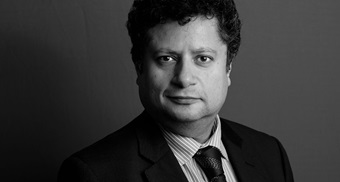

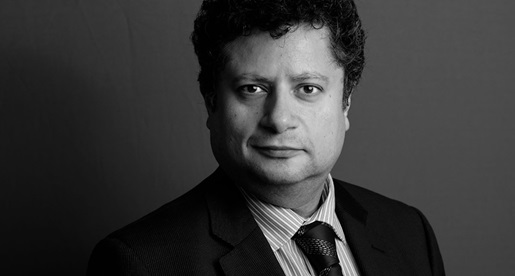
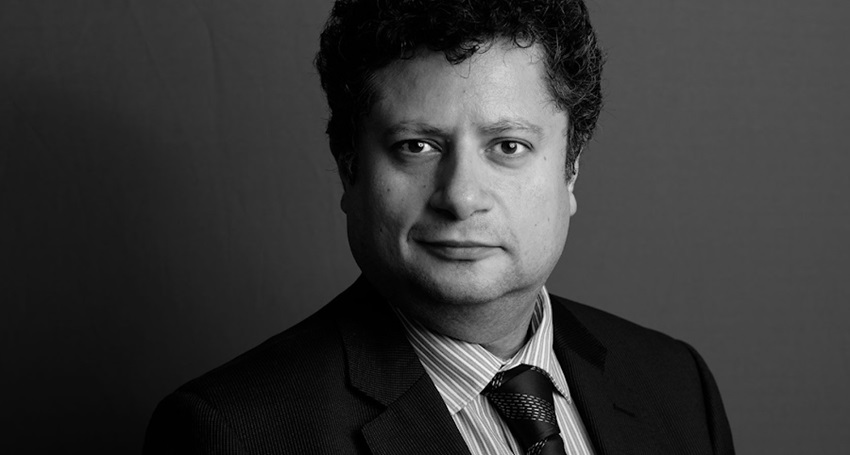
It has been 19 years since the last major development – the implementation of drawn-out chemotherapy treatment – was made, adding just over two months to life expectancy.
In November 2022, Professor Ashkan published a paper in the Journal of the American Medical Association (Oncology) showing DCVax to be the first systemic treatment to increase survival now in 19 years. On average, it gave patients an additional three months, but in certain group of patients, this figure was closer to nine. Furthermore, the 5-year survival rates were more than doubled with DCVax. The quality of those months for patients is also worth noting as, unlike many treatments, DCVax has very few side effects indeed. It is, he insists, this exciting, personalised approach which is going to be the key factor in obtaining the best cancer outcomes of the future.
And when it comes to malignant or benign brain tumours, The Harley Street Clinic spearheads the use of robotics to revolutionise patient treatment, too. Another pivotal component of Professor Ashkan’s practice is Visualase™, a minimally invasive keyhole procedure used to treat epilepsy, and brain tumours, the former now with NICE approval. The Harley Street Clinic is the only hospital in the UK to implement Visualase™ to treat brain tumours.
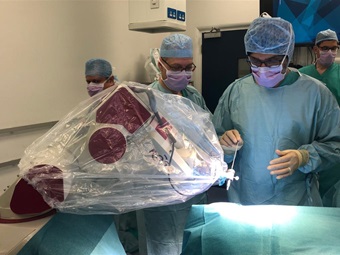

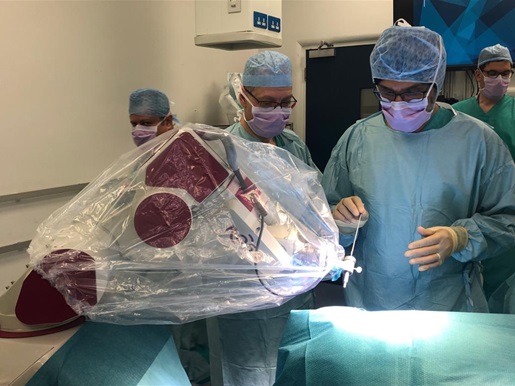
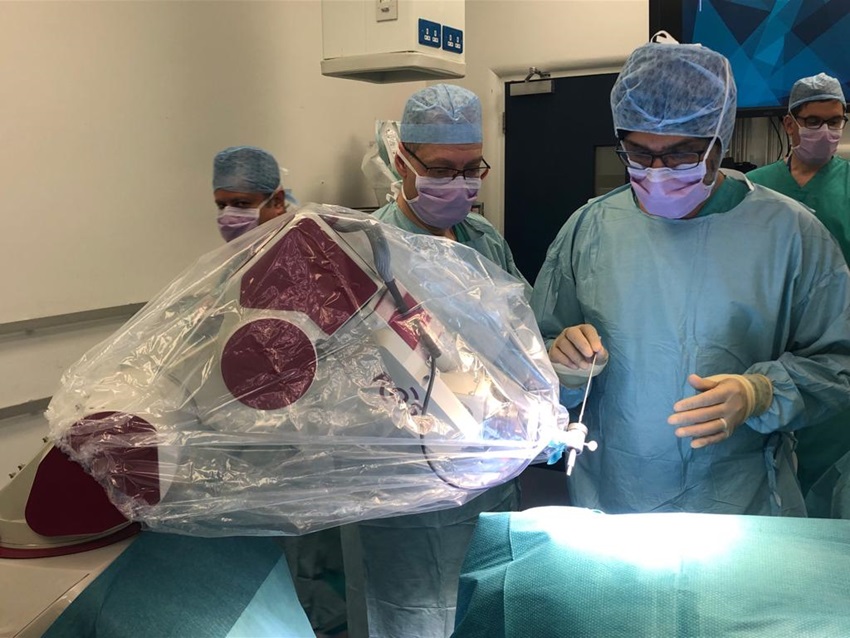
The treatment reduces recovery time and increases safety via the use of a robot small enough to fit in the palm of a hand. A tiny hole of around 2mm is made in the skull allowing the robot, controlled by surgeons, to feed a catheter containing a laser through to the tumour. The patient is then transferred to the MRI, where under real-time monitoring to maximise the safety, the laser is turned on essentially burning the tumour. The initial surgical procedure takes around an hour, before the anaesthetised patient is moved to the MRI where the process takes around another hour.
The process is particularly effective on deep-seated tumours that are difficult to reach with traditional surgery, and reduces any collateral damage. But it also holds benefits for more superficial tumours. “Because it is a far smaller incision there is less pain and patients make a better recovery,” says the professor. “Most go home the next day. Traditionally, it could be three or four days with open surgery. I’ve had patients who have done a half marathon in two or three weeks after Visualase™! There is no need to shave hair for the procedure, and there is a smaller surgical area for any potential infection.”
And the hospital has not rested on its laurels. Whereas its previous, more cumbersome robot weighed several hundred kilograms, the new machine has increased the speed and ease of surgery.
“We’re continually investing in technology that will make things better,” says Professor Ashkan.
Holding multiple teaching roles, supervising clinical fellows, research fellows, PhD students and even medical engineering students, all while accommodating international fellows and speaking a dozen times a year around the world, it is his sheer passion for progress which drives him. That, and a rather limited amount of ‘me time’, in which he likes to dance, write poetry and play the piano on request at conferences. He holds the small matter of a music degree, too.
What excites him most in terms of future progress? “We are learning more about the genetics of brain tumours,” he explains, noting that he had led the UK’s genomics programme on brain tumours for the past six years. “The more we understand, the more personalised and targeted treatments we can produce. Even if I wasn’t a neurosurgeon, I would still be working in the field of neuroscience – the brain is the most fascinating entity on the planet.”
